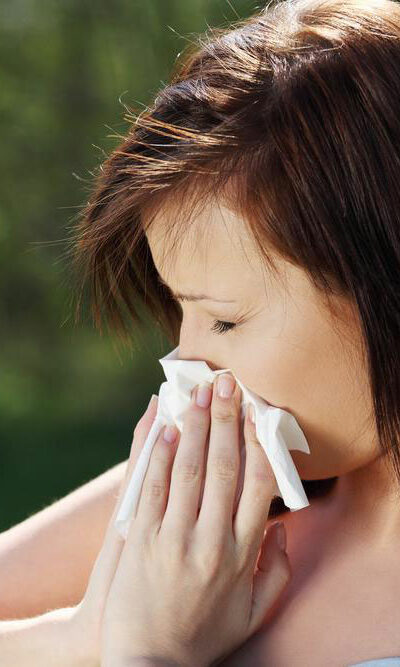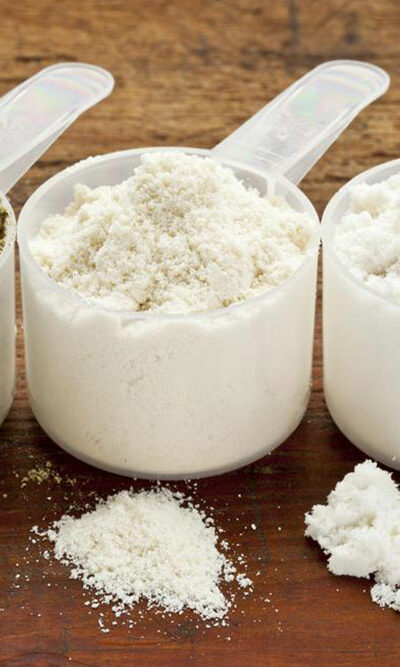
Everything You Need to Know about Mold Allergies
Do you often have an allergy across seasons? If yes, then you could be sensitive to mold spores as well as other fungi. Mold lives everywhere, and you can accidentally send a lot of spores in the air by upsetting a source of mold. Inhaling spores causes allergic reactions in some people, and this is why many people suffer from symptoms of mold allergy during the monsoons. Although there are various kinds of molds, very few of them can cause an allergic reaction. Most molds grow on fallen leaves and rotten logs, on grain and grass, and in composite piles. Outdoor molds are not active during the winter, and they mostly grow on plants in the spring. At home, this fungus thrives in damp areas, and you can look for it in the kitchen, basement, and bathroom. Let’s have a look at the various symptoms of mold allergy: Symptoms of mold allergies The symptoms of a mold allergy are similar to the symptoms of other types of allergies. Some of these signs include congestion, sneezing, runny nose, itching, and dry or scaling skin. Indoor molds cause allergic reactions throughout the year while spores from outdoor molds are responsible for these symptoms during the summer or fall. When mold spores get into your nose, they can cause signs of hay fever. Sometimes, these spores may get to the lungs and trigger asthma. The chemical released by mold spores causes the symptoms of mold allergy when they get into the lungs or nose. This reaction can happen right away or may take some time. At times, mold allergy causes delayed symptoms, and this leads to worsening asthma and nasal congestion over time. If your symptoms get worse when you expose yourself to a moldy or damp room such as the basement, then this means that you are allergic to mold.










